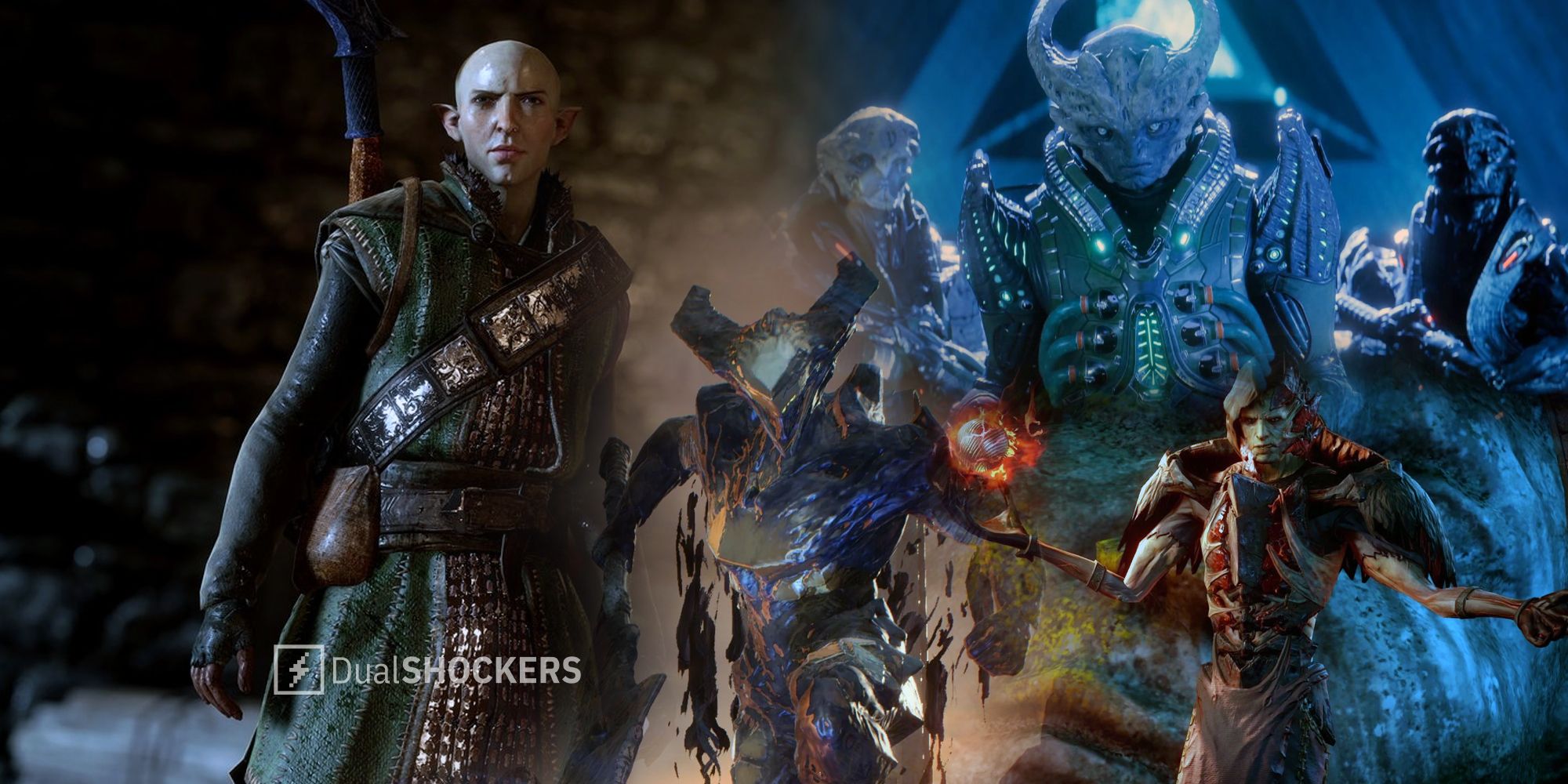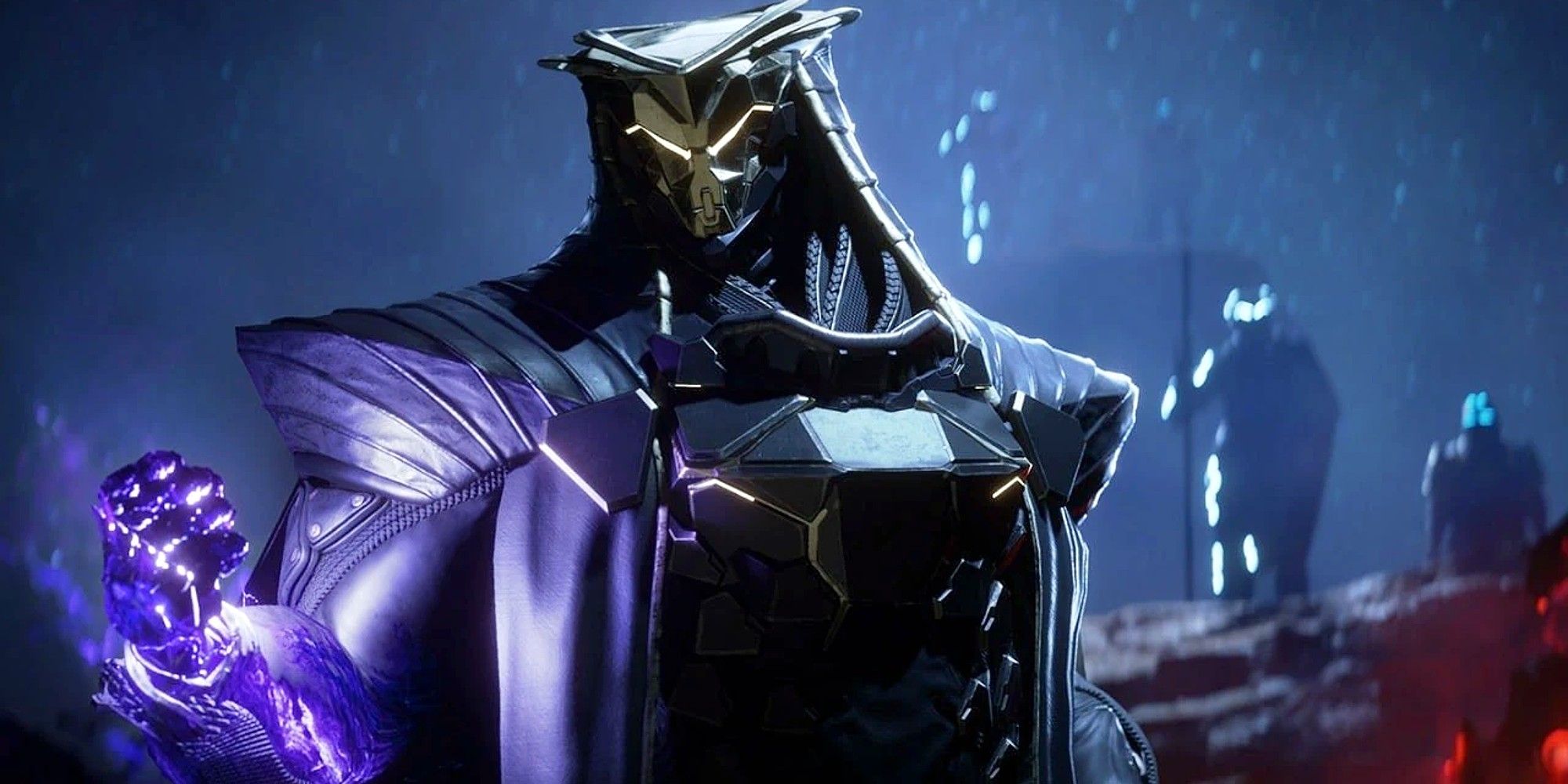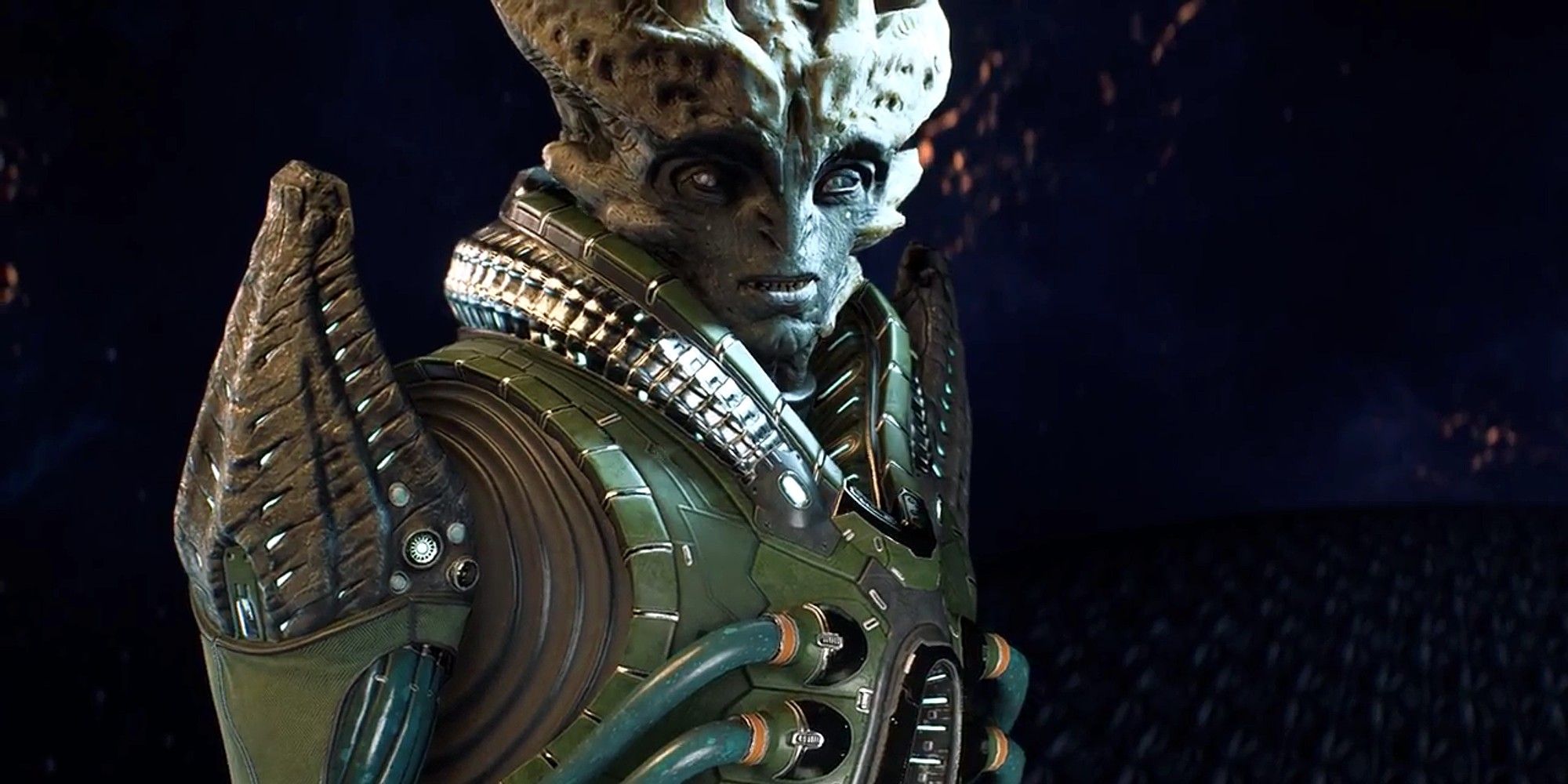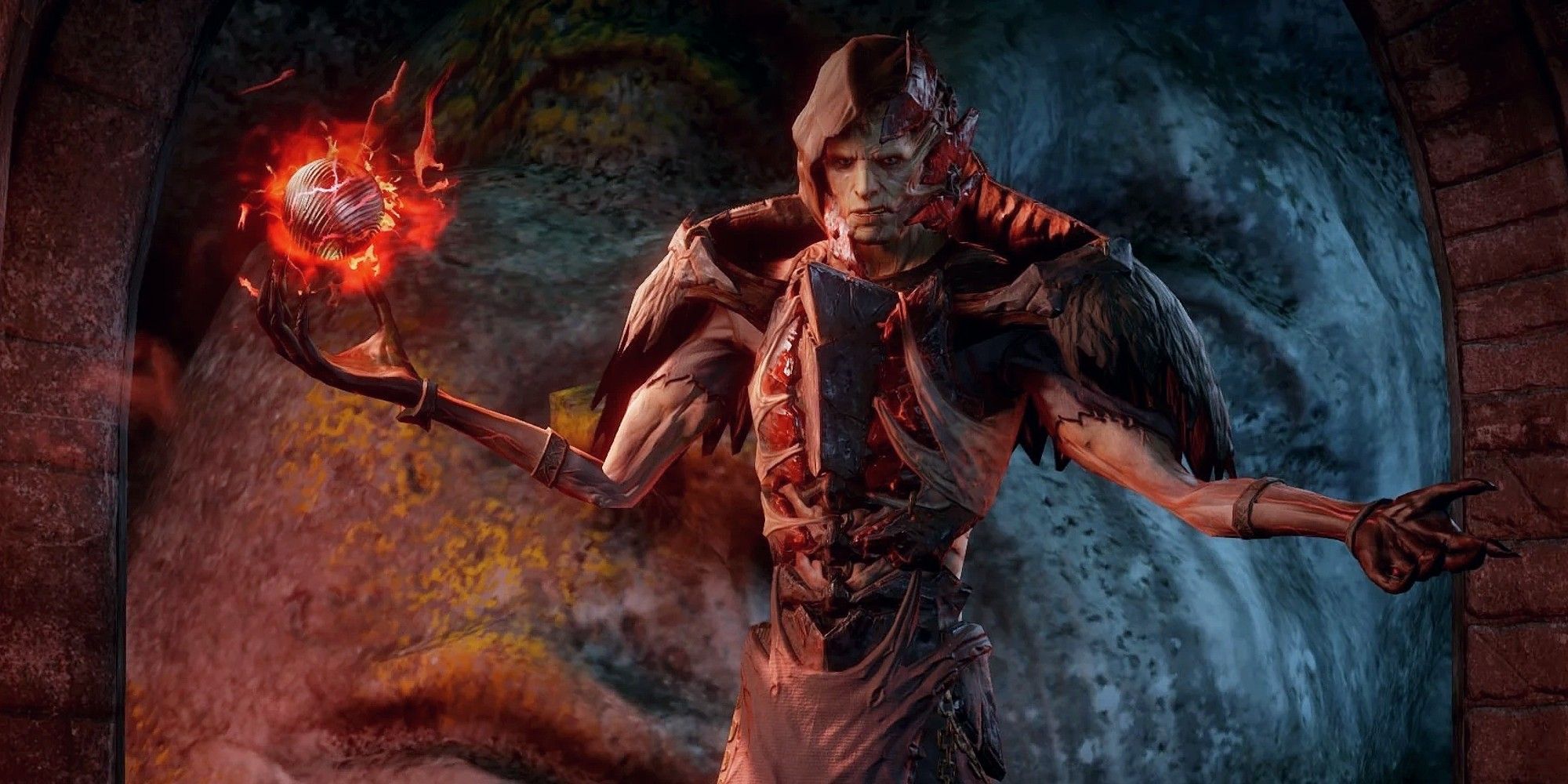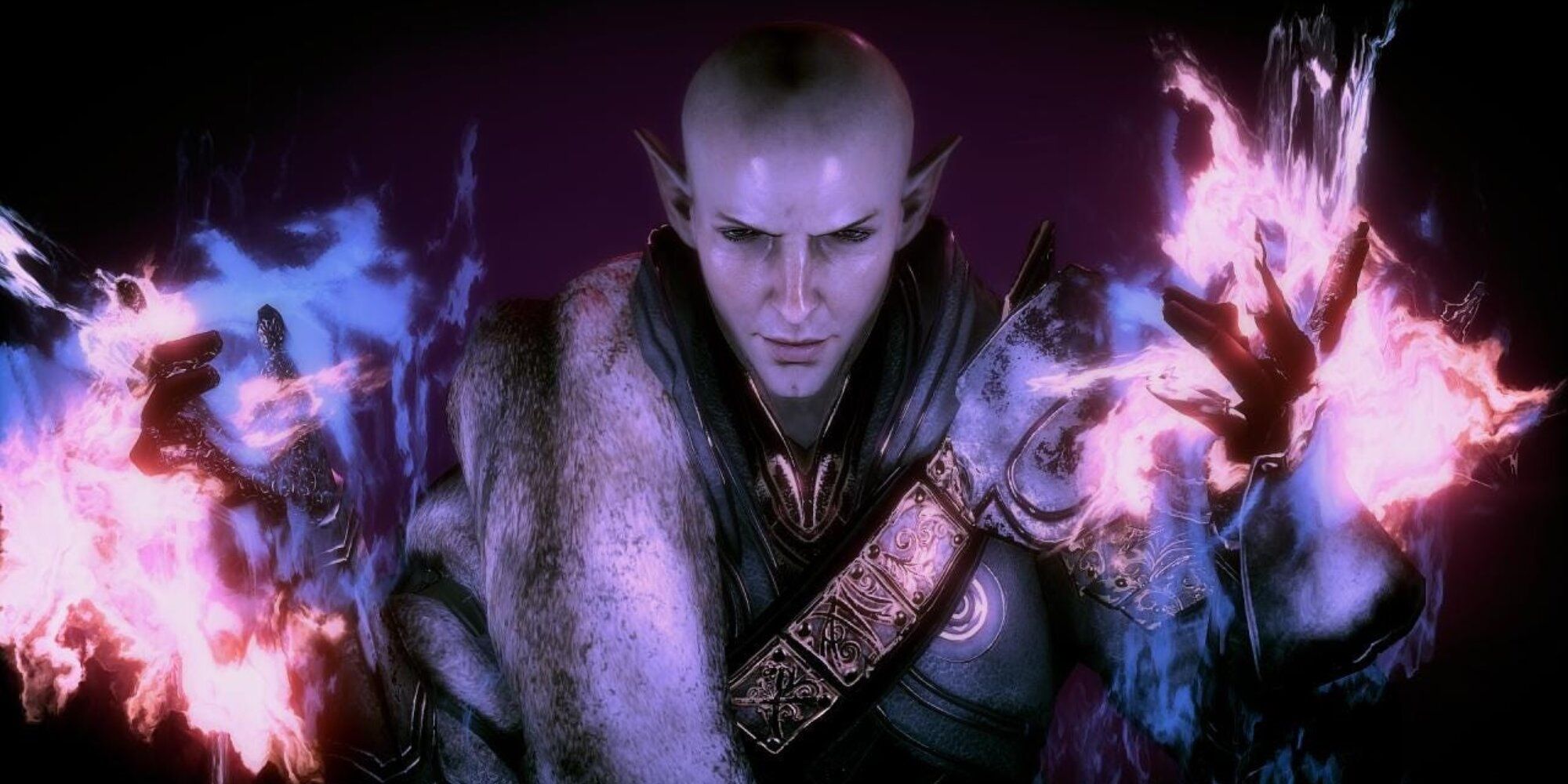Villains are like a crown jewel in a compelling RPG story. Whether it is Jack of Blades in Fable: The Lost Chapters, the formidable Darth Sion from Star Wars: Knights of the Old Republic 2, or Letho the Kingslayer from The Witcher 2: Assassins of Kings, these characters add an exciting layer to the plot. They often have direct ties with the protagonist, leading to personal conflicts, or they simply embody a force so menacing you can’t wrap your head around how you can actually defeat them.
BioWare has a rich history of creating memorable villains. I will never forget the intense moment when Mass Effect’s rogue Spectre Saren took his own life after realizing the Reapers had manipulated him all along; nor will I forget Sun Li, the Glorious Strategist from Jade Empire, who outwitted everyone with his meticulous planning spanning decades. Yet, something changed with the studio’s recent games. The villains they have introduced lately lack the depth and complexity of their predecessors, failing to even cast a shadow as imposing as KotOR’s Darth Malak.
Take Anthem, for instance. I know, weak main villain is probably the least of this game’s many flaws, yet can you think of an antagonist more generic and forgettable than Dominion’s Monitor? I admit, BioWare had me intrigued before the game’s release, dedicating a trailer to the Monitor himself and even having him serve as a narrator. Back then, I thought Anthem might break the trend of lackluster villains. Oh, how wrong I was. To Anthem’s credit, it attempted an unexpected twist with the betrayal of one of your friends, cypher Owen Corley, yet it was too little, too late to make a lasting impression, especially given the short and unengaging nature of Anthem’s overall story.
Thinking of Mass Effect: Andromeda is equally disheartening. Instead of the above-mentioned Saren Arterius, or the enigmatic Illusive Man, brilliantly brought to life by Martin Sheen, or even the looming threat of Reaper-induced global annihilation, we got…the Archon of the Kett, who is probably no less forgettable and uninspiring than Anthem’s Monitor. Despite having a more significant role in the story, including events like capturing your twin sister or brother Ryder to add a personal touch, the Archon is another unimpressive antagonist, lacking both screen time and a memorable final showdown.
In Dragon Age: Inquisition, we faced an ancient darkspawn known as Corypheus, who, simply put, is laughable. From his ridiculous appearance to the fact that Coryphy-thing, as your companion Sera occasionally calls him, struggles to be even slightly threatening to the Inquisitor and almost always loses to them, he is another underwhelming addition to BioWare’s playbook. When I first met him after spending some 20 hours with the game, I thought this was the moment when the story would pick up its pace and confront me with the antagonist more frequently. Once again, wrong. The next encounter with Coryphy-whatever only happens some 100 hours later, during the final battle—just how fun is that?
At least Inquisition had another ace up its sleeve, hiding a far more intriguing character right before your eyes. Revealing the truth about Solas in the game’s DLC chapter Trespasser was a bold and unexpected move, but it is now up to Dragon Age: Dreadwolf to deliver on that promising twist, which seems like not an easy task at all.
If you are not familiar with the events of Dragon Age: Inquisition (spoiler alert!), Solas is initially introduced as one of the Inquisitor’s three starting companions. However, there are subtle hints throughout the game indicating that he is not just an ordinary comrade with no impact on the main story, someone you can easily overlook, like, say, Blackwall. Solas has notably more dialogue and scenes dedicated to him than any other supporting character, and he even leaves your party in the finale no matter what you do.
In the end, it is revealed that Solas was actually using Corypheus to unlock the true power of Orb of Destruction, and his knowledge about the Fade, a metaphysical realm accessible only through dreaming, goes beyond a mere side interest of a self-taught mage. Solas is unveiled as Fen’Harel in disguise, the elven rebel god, who seeks to restore the glory of the ancient elven civilization, even if it means destroying Thedas and its people.
I genuinely hope that Dreadwolf will bring this intriguing setup to resolution admirably, although I have my doubts. To succeed, the game needs to dedicate the amount of time Solas needs to truly shine or perhaps even introduce another compelling villain alongside him. Given how fans already have a chance to know Solas far better than any other antagonist in BioWare’s games before, there is some exciting potential to be discovered in Dreadwolf, especially since it is hard to categorize him as a clear-cut villain; he is a far more complex character.
Dragon Age: Dreadwolf is currently shaping up to be one of BioWare’s most important games in a long time, potentially serving as a turning point for the studio after its recent games failed to meet fan expectations. From the disappointing launch of Anthem, its first new IP in a decade, to the somewhat lackluster reception of Mass Effect: Andromeda, BioWare desperately needs an RPG hit that can re-establish its reputation as one of the world-leading RPG developers, especially in a post-Baldur’s Gate 3 landscape. Considering these challenges, Dreadwolf must avoid many of the pitfalls that plagued the studio’s previous works.
We already know that Dreadwolf, with EA’s approval, has undergone numerous changes, particularly getting rid of the multiplayer component, which is probably a good sign. The next step would be to ensure its story has a superbly written antagonist worth facing, someone who can anchor the narrative and deeply engage players. Dragon Age: Inquisition, Mass Effect: Andromeda, and Anthem all failed to deliver a truly menacing villain that we could genuinely care about, so it’s time for Dreadwolf to put this unwelcome trend to an end.
